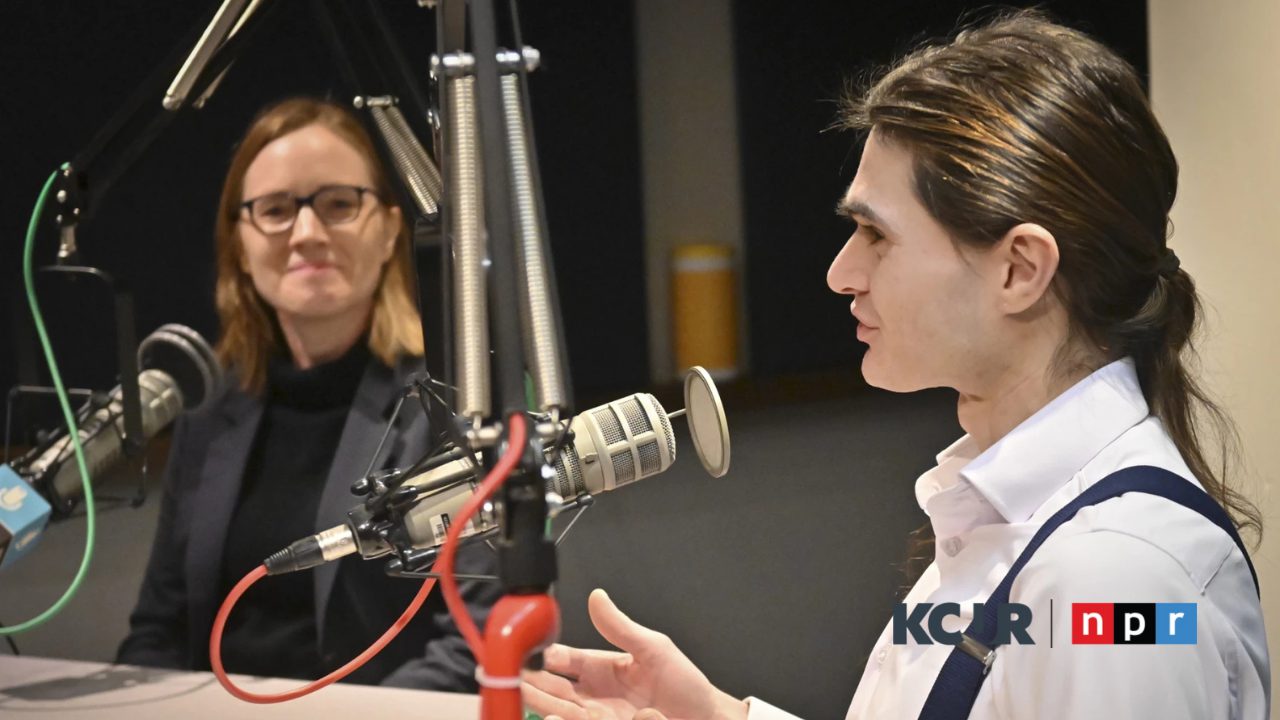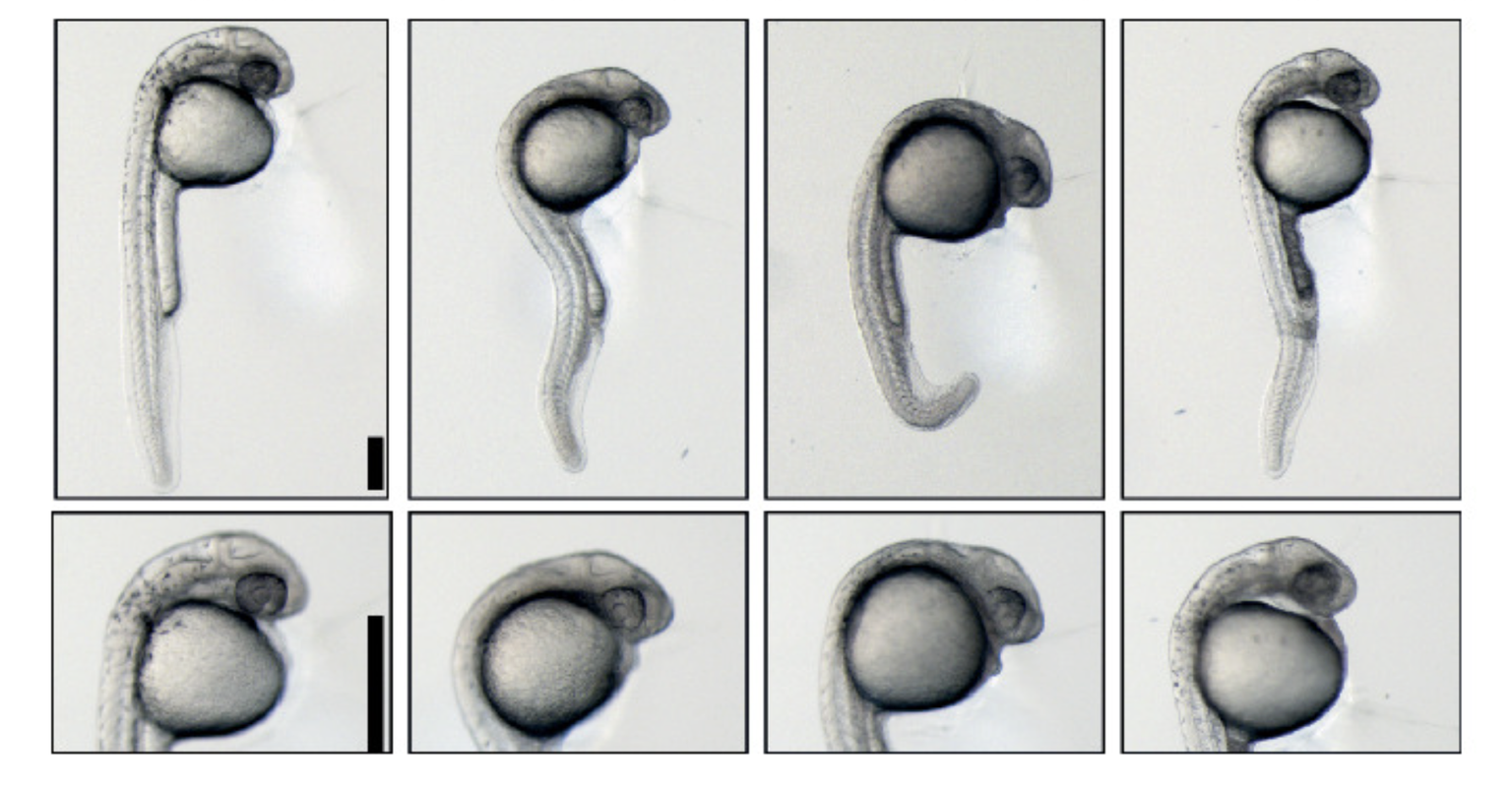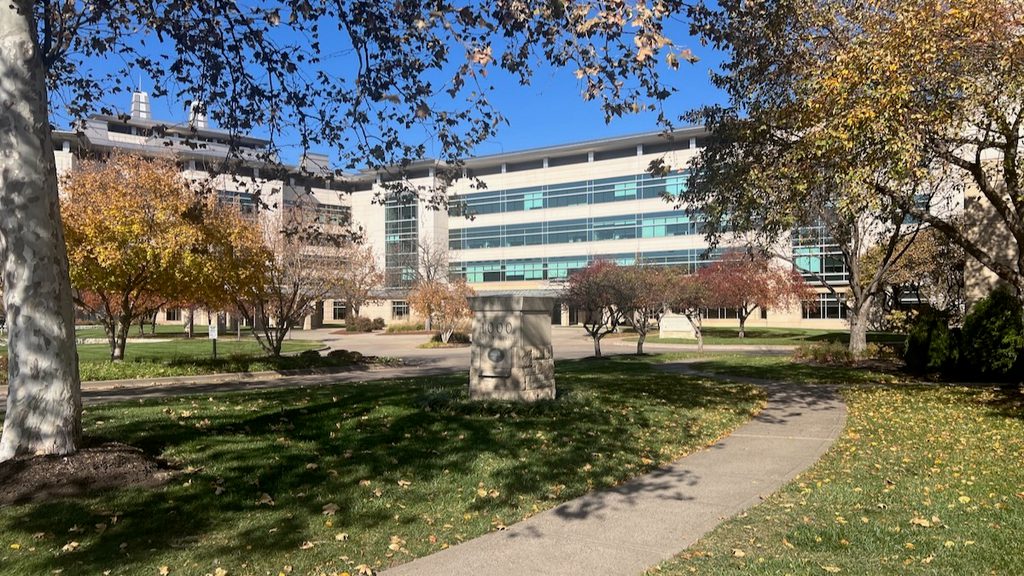The future of biology compels us to adopt a far broader lens. Biologists must venture beyond molecular and cellular studies, embracing the leap to systems biology and advancing further to the intricate interactions among populations, communities, ecosystems, and ultimately the global networks that bind all life to our environment. Only by tracing how the functions of our genes have been shaped within natural contexts can we hope to grasp why they exist as they do, and what forces have truly sculpted their purpose.
Again and again, nature astonishes us with organisms that defy the very rules we believed were universal to life. I anticipate that the work of the Stowers Institute will continue to reveal the true breadth of possibility in biology, shattering conventions and expanding our understanding of the living world. Such breakthroughs arise not solely from the presence of great minds, but from the unique environment that empowers those minds with the freedom, resources, and innovative technologies to ask and pursue questions in ways few others can.
I envision the Stowers Institute becoming renowned not just for its science, but also for how that science is done. Too often, brilliance is mistaken as incompatible with joy; yet in truth, it is joyful minds, buoyed by curiosity and optimism, that are most capable of achieving transformative breakthroughs. In this sense, our Institute is far more than a collection of laboratories, it’s a bold experiment in human optimism.
A quarter century marks a pivotal chapter in the life of any institution. Twenty-five years is ample time to assess whether our ambitions are bearing fruit, and for us, that measure is knowledge itself. This moment calls for reflection on the vision, commitment, and sacrifice that have guided us here and invites us to celebrate the enduring spirit that has sustained our journey. The symbolism of this anniversary reflects a past rooted in optimism and a future driven by it.
The discoveries that will spring from knowledge yet unimagined will reshape our understanding of life in ways both transformative and extraordinary. We possess all the essential ingredients: a unique funding model and a dynamic, ever-evolving community of investigators, graduate students, postdoctoral scientists, and dedicated members who sustain and enrich our pursuit. Each individual contributing a distinct perspective, vital to propelling our science forward with rigor, intentionality and conviction.
Twenty-five years from now, who can say we will not have unlocked entirely new principles in biology? The frameworks we rely on today are insufficient to explain the complex intricacies of life. Why shouldn’t the Stowers Institute be the place where the next sweeping breakthrough occurs, yielding discoveries that propel us to a new level of understanding about how life truly works? This vision shapes our aspirations, defines our purpose, and fuels the conviction with which I envision all we can achieve in the coming decades and beyond.
My hope is for the Stowers Institute to unite the joy of discovery with the incisive rigor of both deductive and inductive thinking, empowering our scientists to achieve breakthroughs that establish a new gold standard for scientific inquiry. These discoveries will not only set a model worth emulating by others but also demonstrate the profound possibilities inherent in our approach. We must move forward with confidence, purpose and conviction, fully aware that we stand on the brink of something truly extraordinary. Our ambition is nothing less than to uncover and unravel the fundamental principles that govern life. Through this pursuit, our Institute goes beyond simply keeping pace with the trajectory of scientific progress; instead, it will set the pace and help define the very future of science itself.
Alejandro Sánchez Alvarado, Ph.D.
President and Chief Scientific Officer



